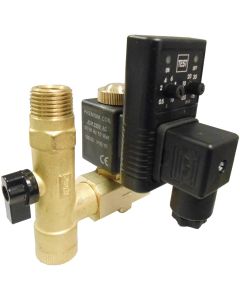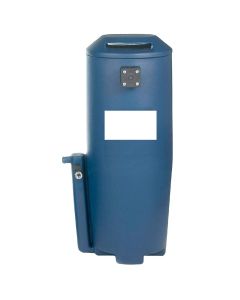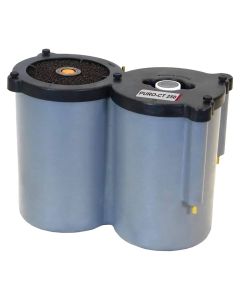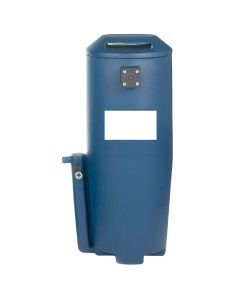- Home
- Our Categories
- Nano-Speed, 2.2-7.5Kw, Screw Compressor
- Micro-VARI-Speed MT Series, Variable Speed, Rotary Screw Air Compressors
- ECO-Fixed-Speed T Series, Rotary Screw Air Compressor
- VARI-Speed PMT Series, Variable Speed, Rotary Screw Air Compressors
- VARI-Speed PMF Series, Variable Speed, Rotary Screw Air Compressors
- Refrigerated Dryers for Compressed Air, Water Removal
- PRO-TEK, Oil Free Compressors,
- Belt Drive Piston Compressors
- ABAC, Fixed - Variable Speed, Rotary Screw Air Compressors,
- ABAC, Nano, Refrigerated Dryers for Compressed Air, Water Removal
- Filtration and Drainage Solutions, Compressed Air
- Adsorption Dryers, -40, -70 Degrees, Compressed Air
- Prevost, Pipework Systems, 100% Aluminium & D.I.Y Kits
- Reconditioned Air Compressors
- Bambi Air Compressors, Ultra Quiet + Oil Free
- Vertical Air Receivers, Steel and Galvanised
- Oil-Water Environmental Condensate Treatment, Compressed Air
- Air Compressor Spares & Service Kits, Service videos, Compressor oil
- Quick Release Air Couplings, Manufactured by PCL and Prevost
- Retractable Hose Reels
- Air Blow Guns, PCL, Prevost, Compressed Air
- Rubber, PVC Hose, Nylon Tubing, Coiled Hoses, Clips
- Hose Tails, Straight & Tee Joiners
- Metric, Pneumatic, Push-In Fittings
- BSP Threaded Fittings, Elbows, Reducing Bush, Tee, Manifolds, Nipples
- Lever Ball Valves & Shut-Off Valves
- Air Tools
- Spray Painting Essentials
- Air Tyre Inflators
- Nitrogen Generators
- Air Compressor Hire
- Blog
- About us
- Shipping
- Comparison List
- Contact us
- Blog
- My Cart
Oil-Water Environmental Condensate Treatment, Compressed Air
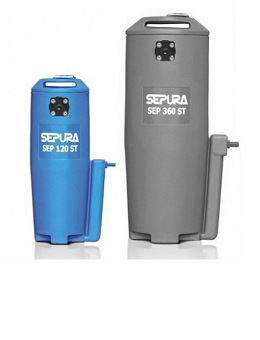
The Oil-Water Separators, available at Compressors.Online, are engineered to effectively separate oil from condensate in compressed air systems, ensuring compliance with environmental regulations.
These separators collect residual oil in a designated container, allowing purified water to be safely drained.
This provides an economical and eco-friendly solution for condensate management, suitable for a wide range of industrial applications.




